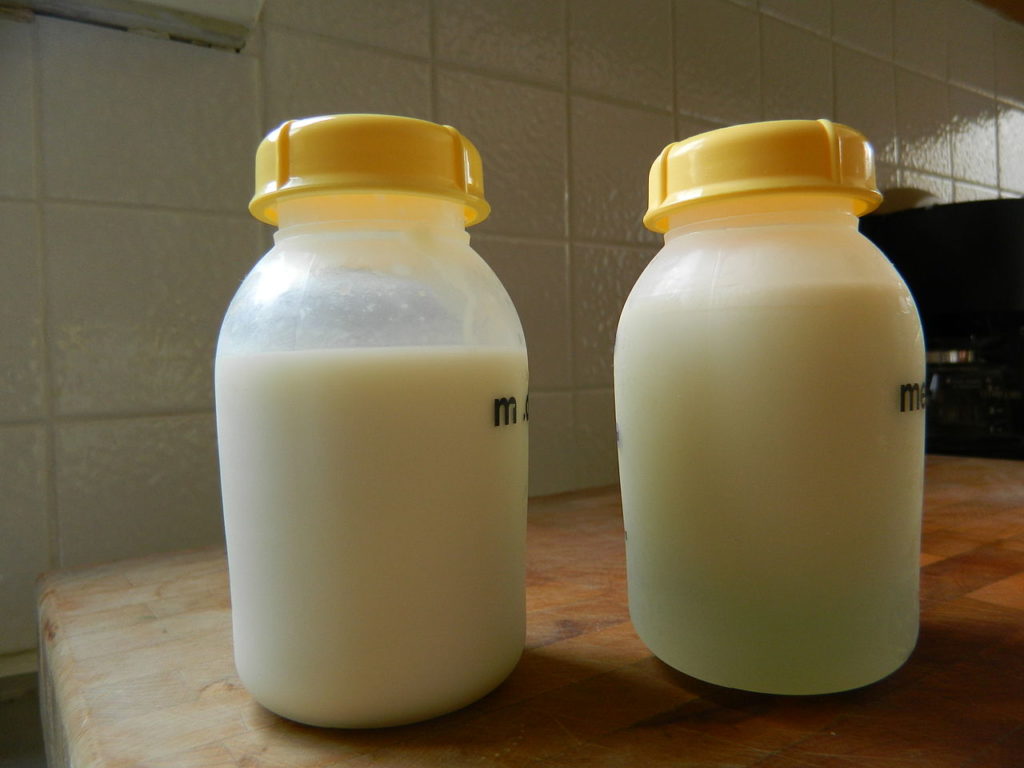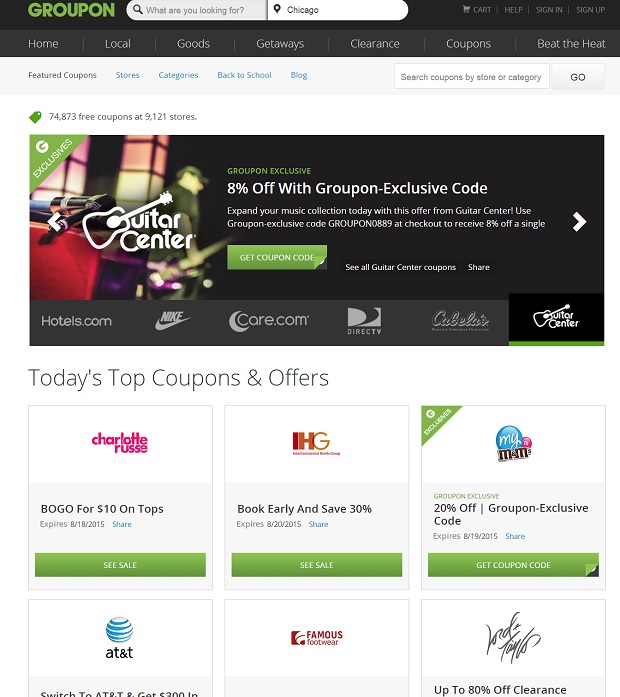
If milk is good for your body, then breast milk is twice as good for the health of a baby. The purpose of the mother’s milk supply is to provide nourishment for the baby during infancy. The body of the young ones nutrients that can only be satisfied with the nutrient-rich breast milk. Studies reveal that breast milk lowers the severity of infectious diseases affecting most babies. Other conditions such as asthma, obesity diabetes are offset too. Leading pediatrics are in consensus in on the duration that a mother should feed her baby on breast milk – roughly six months.
Use of Breast Pumps
Mothers unable to breastfeed their young all the time can find breast pumps helpful. The pumps have sparked innovation and resulted in the invention of the breast pump. The pump allows women to feed premature or unborn babies with their own milk. If she is undergoing medication, she can still maintain her nutrient-rich supply of milk without having to transfer the medication to the young one. She will pump her milk then store it, then revert to the regular once she recovers.
Pumps offer convenience to parents who prefer breast milk over switch formula. Modern-day breast pumps appear pervasive like diaper genies or baby monitors. Surprisingly, electric-powered versions rarely made an appearance till the 1990s. You are at liberty to pick the manual or motorized versions in breast pumps. Thanks to this innovation, fathers too can become important in the feeding process.
Breast Milk – Nutrient Rich
Once the placenta gets discharged from the mother’s womb the birthing process begins. A hormone, prolactin, triggers the milk production process. The milk arrives roughly four days after delivery. The more that’s produced by suction or the breast pump, the more that trickles in. Regular suckling triggers production of the hormone oxytocin which contracts, the milk gland muscles widening the ducts. Milk around the nipples is then released through a milk-ejection reflex.
Breast Pump Operation
A baby will suckle roughly 50 to 90 times every minute from the start of theirs. This might result in a slow-down in pace. Based on the different manufacturers and mechanics involved, the pumps run on the same principle. Plastic and glass breast shields open a breast vacuum called a flange. This area is situated right over the areola and nipple seals. Once the vacuum around the nipple area is created, air is directed right into the breast-shielded. Your nipple is drawn down the tunnel and areola pressed against your flange.
Modern-day breast pump manufacturers accompany their products with insightful hints and tips for breastfeeding mothers. This covers dietary and lifestyle tips that are in the best interests of their young ones. In addition, they provide clear instructions on how best to operate the pumps. For any other pressing issue that might not be addressed, you can reach out to lactation hospital consultant who knowledgeable on breast feeding procedures. Inquire from medela breast pump cleaning the number of hours required to handle and store your breast milk so it does not go bad.









